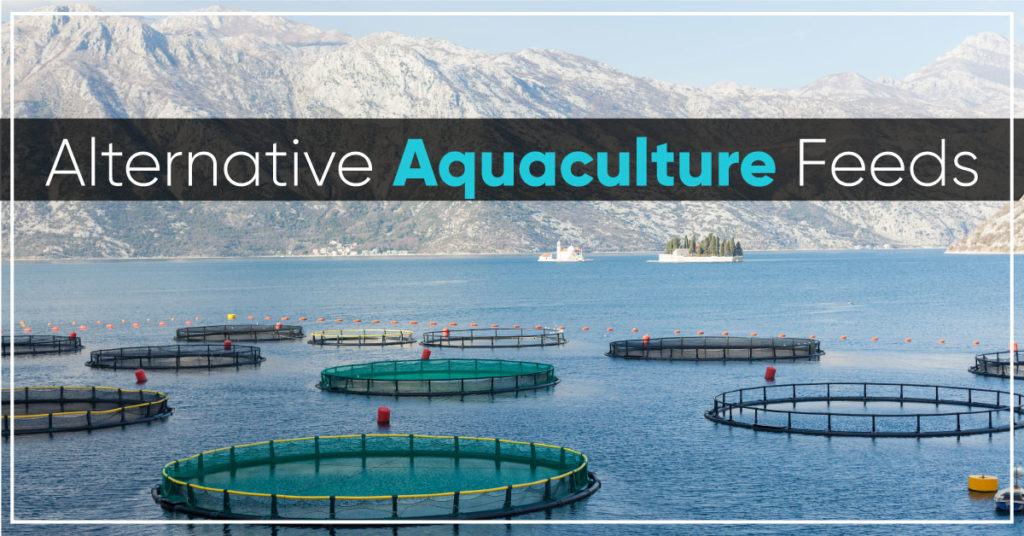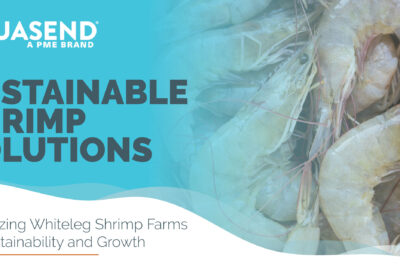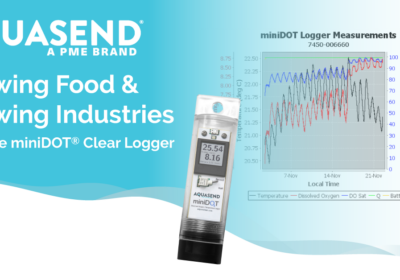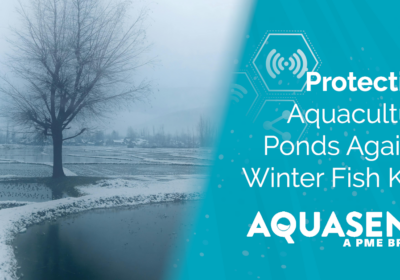Alternative Aquaculture Feeds

As the aquaculture industry continues to grow, it is likely to outpace the production of key fish feed ingredients. There is increasing pressure to find a way to replace the traditional aquaculture feed with more sustainable products that don’t include fish-based ingredients to accommodate the growth of the aquaculture industry and support this vital source of protein.
What is Aquaculture Feed
Farmed fish are fed a special type of feed, similar to other dried pet foods, that is designed to meet all of their nutrient needs that their environment would have provided if growing in the wild. Most fish need 40 essential nutrients to be healthy including vitamins, minerals, amino acids and fats, all of which are taken into consideration when creating fish feed.
Fish feed has a few main ingredients including fishmeal, fish oil, plants, and animal trimmings (what the fish would eat in the wild). Fishmeal and fish oil are the two main ingredients of concern as the aquaculture industry is likely to outpace the production of these two ingredients if it continues to grow as anticipated. Alternatives are currently being researched to find more sustainable substitutes that contribute to the health of the fish and provide the same nutrients to humans upon consumption.
Plant-Based Feeds
The most common alternative to traditional fishmeal is plant-based feed. This type of feed replaces the fish-based products with ingredients such as soy, wheat, canola oil, or corn. Although successful as a feed alternative for many types of fish, it does not come without a cost. Researchers have found that this alternative has an impact on land farming with increased use of land, water, and fertilizers to produce the feed, all of which have environmental effects.
Bring on the Bugs
Unlike plant-based feeds, insects are low in fiber and anti-nutritional factors, and very high in protein, energy, and lipids. An array of insects are being tested as alternatives for fishmeal and plant-based feeds with success so far in replacing up to 30% of their diet with insect-based feed.
Algae
Another likely candidate as a fishmeal alternative is algae, both seaweeds and phytoplankton, which are at the core of what all fish consume in the wild. Algae is high in amino acids, taurine (not found in land plants), lipids, and pigments.
The type of algae used as a substitute would need to be considered and matched with the type of fish it would be feeding to align with the fish’s nutritional needs. With algae already being commercially harvested, it is a promising alternative to costly and finite fish-based feeds.
Recycling Food Waste
In a world that’s making a conscious effort to reduce waste, a large amount of food waste still exists. More than 40% of human food produced is wasted and those in the aquaculture industry looking for a more sustainable feed have found a way to use this waste.
An experiment on Nile Tilapia found that Lebanese restaurant food-waste-based aquaculture feed could replace between 25%-33% of commercial feed being used during feeding regimens without any significant impact on the survival, health, or growth of the fish.
This discovery could significantly decrease the expenses of farmers currently using more traditional commercial feeds. Other studies are under way to determine how it will be recycled through the entire ecosystem to benefit other fish outside of the first ones fed.
Raise a Glass for the Fish
In a successful 2017 experiment in Australia, researchers from the South Australian Research and Development Institute (SARDI) and Tarac Technologies, explored the possibility of using wine waste as an alternative fish feed.
Tarac Technologies developed a way to turn the waste created during the wine making process (heat treated skins, pulp, seeds and stems) into steam-distilled grape marc (SDGM) also known as Acti-Meal.
A three-month trial of feeding greenlip albalone a feed containing 5% to 20% (SDGM) revealed improvements in biomass, shell growth rate, and feed per gram growth ratio. This sustainable wine waste feed reduces the amount spent on traditional commercial feed as well as the amount of fish being taken from the ocean to produce farmed fish by replacing the fish-based ingredients needed for traditional feed.
An Innovative and Integrated Solution
The feed you use at your farm is only one ingredient to what makes up a healthy fish. Enhance your water-quality management and increase your farming efficiencies with Aquasend’s real-time monitoring devices. Contact us today to learn more.


